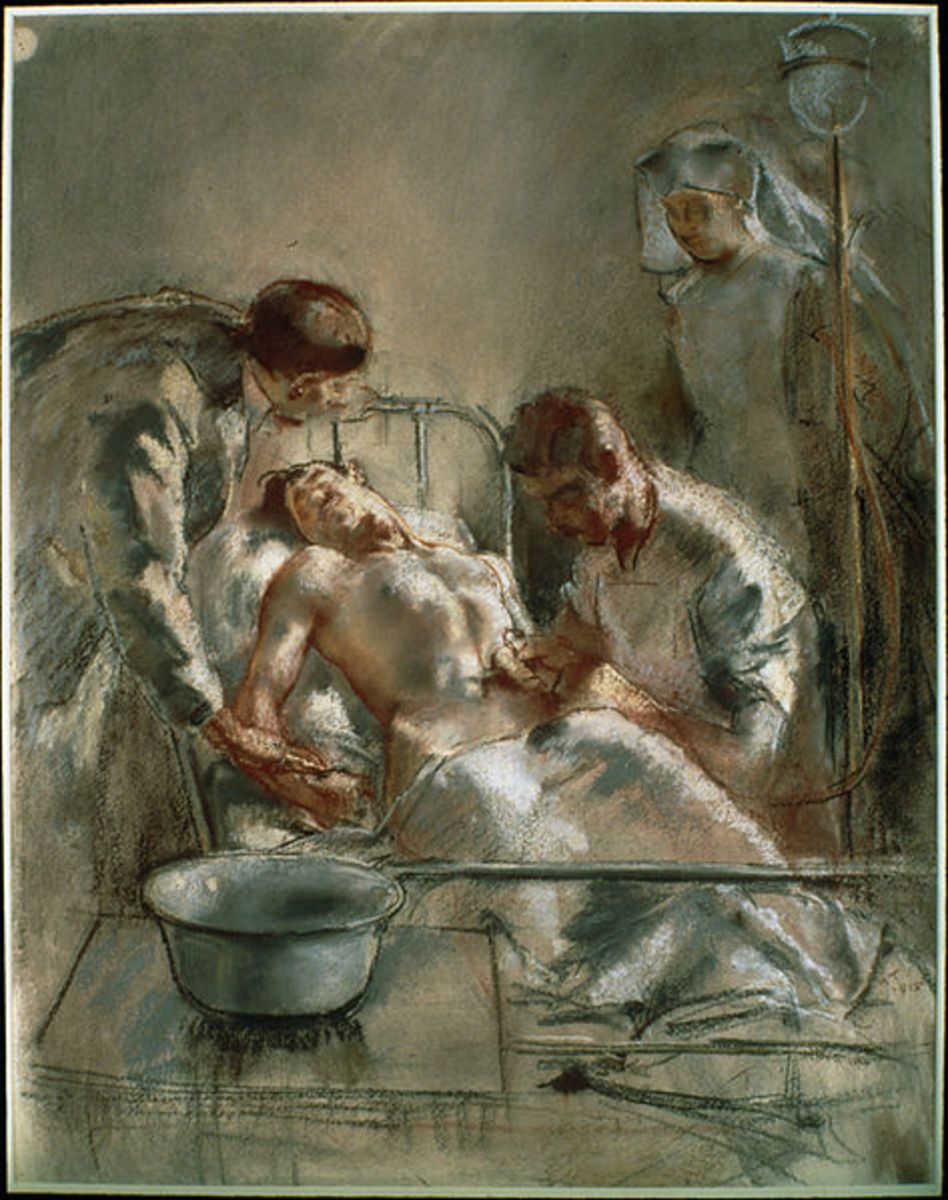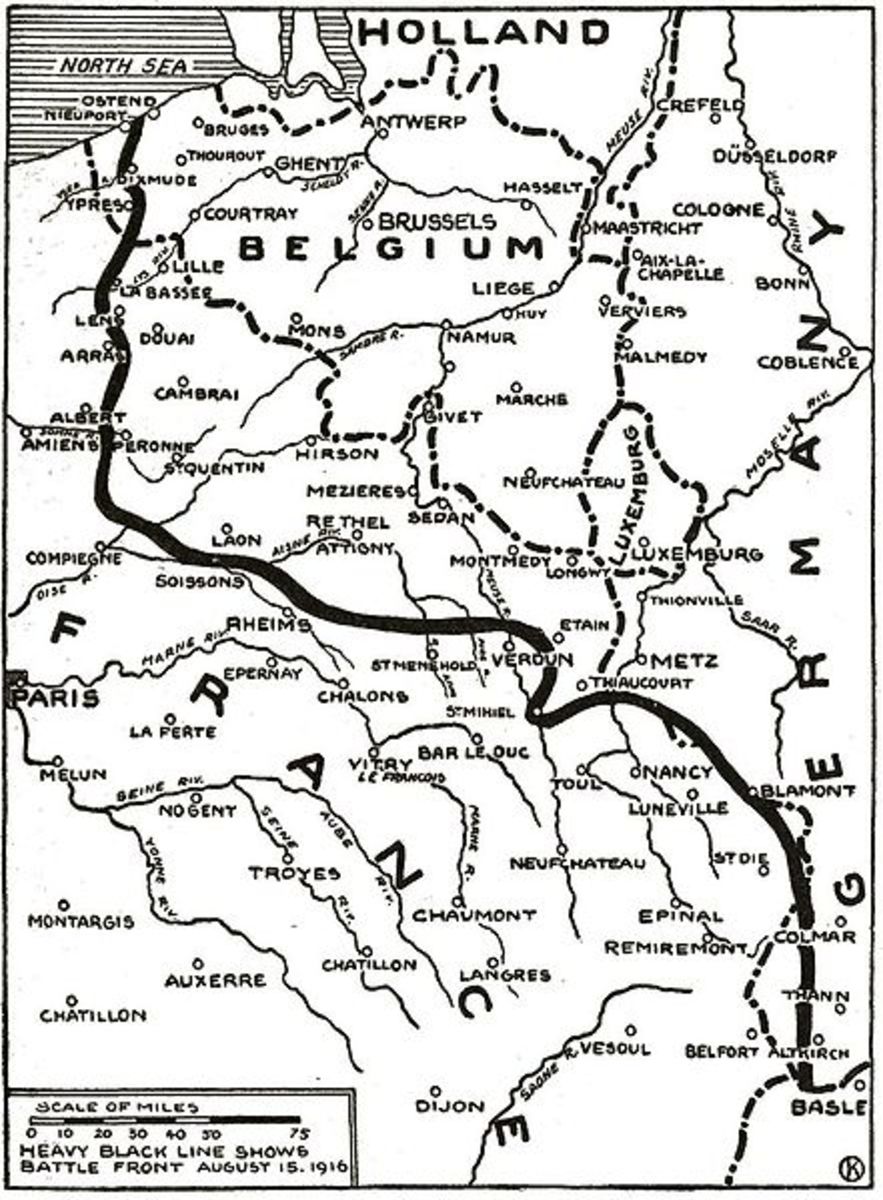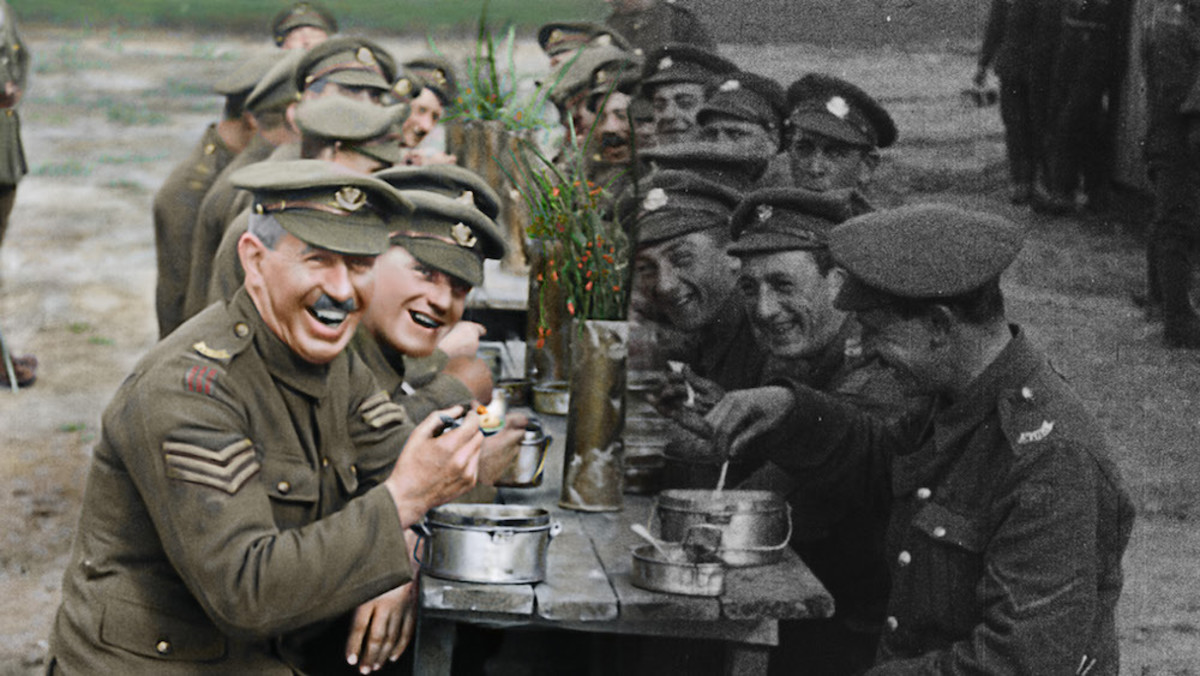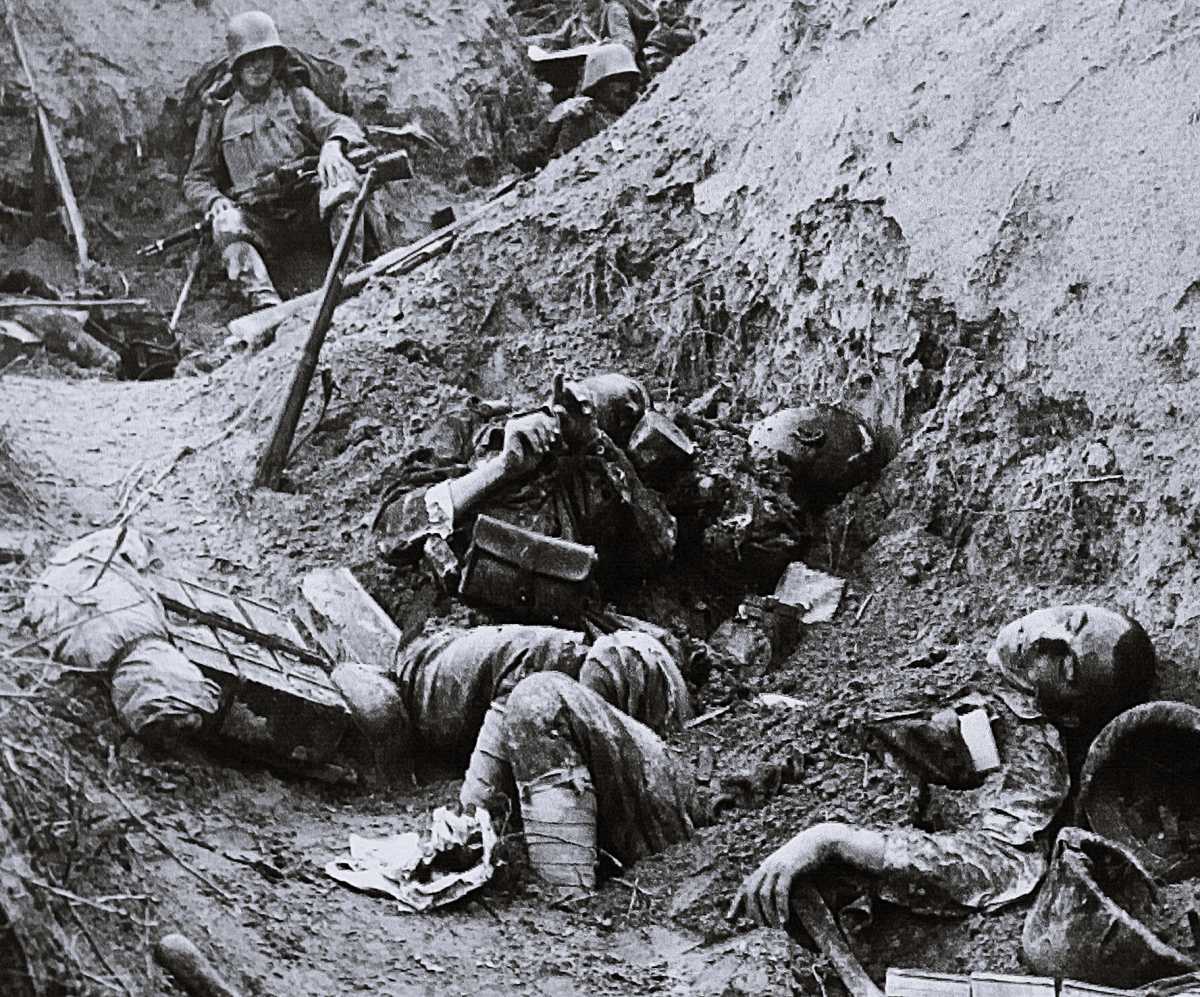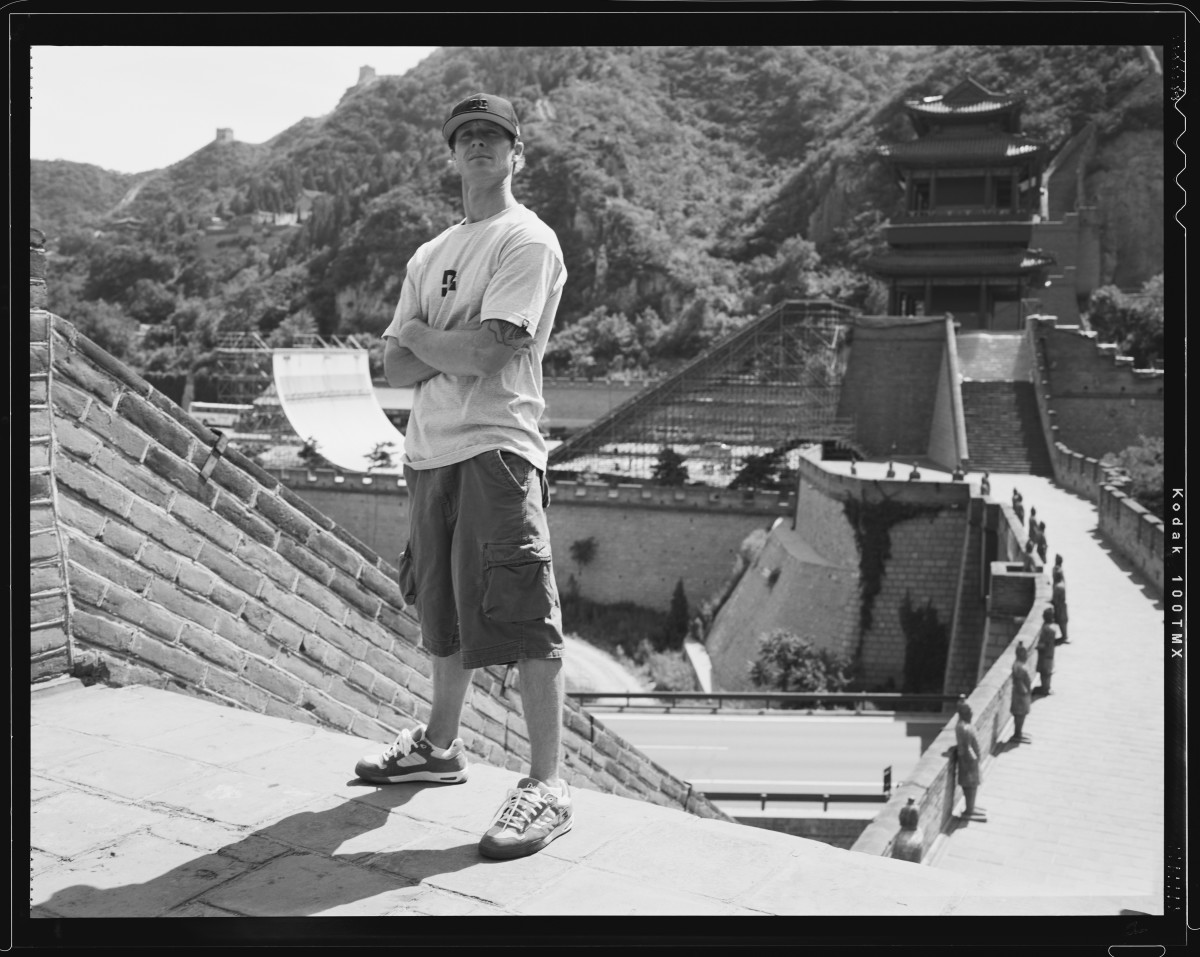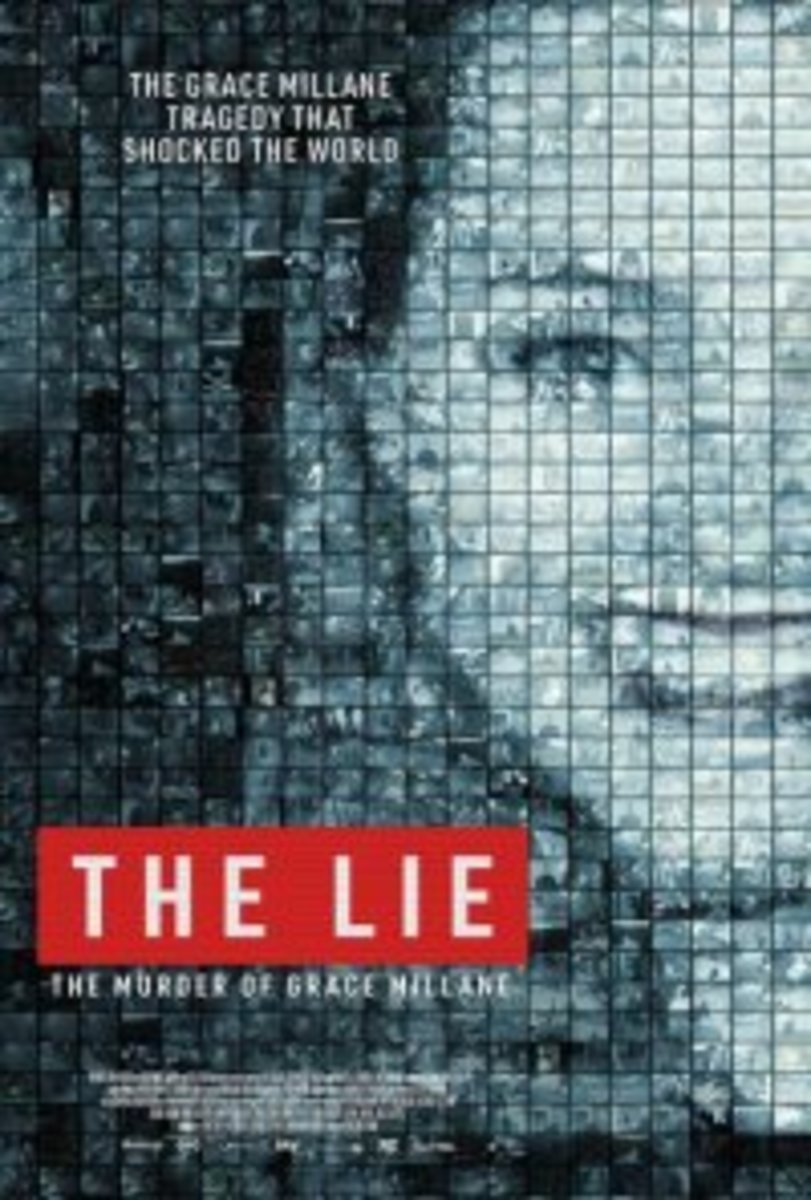World War I On The Western Front: They Shall Not Grow Old
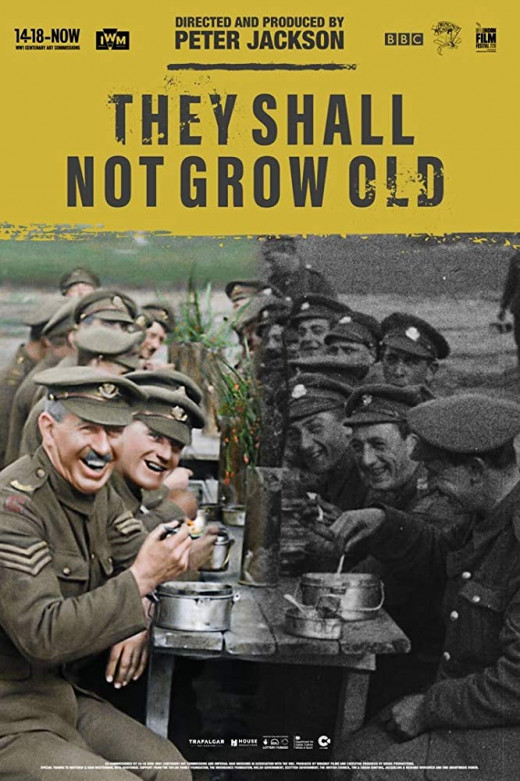
Synopsis
Few people alive today have any firsthand recollection of World War I. Nobody who served in the conflict remains to personally recount those years. For several years, director Peter Jackson, best known for his The Lord Of The Rings and The Hobbit trilogies, devoted his efforts to examining hundreds of hours of footage and over 100 testimonies from World War I veterans to prepare a documentary commemorating the 100th anniversary of Armistice Day. The result is They Shall Not Grow Old, where Jackson doesn't simply put together words and images to create a narrative. He adds color, sound, and 3D to tell the tale of the battle from beginning to end, focusing on the English efforts on the Western Front.
Evaluation
They Shall Not Grow Old made its debut in England shortly before the century mark of the war's conclusion. The documentary started making its rounds of US theaters near the end of 2018, courtesy of Fathom Events, who sponsors various specialty and limited run entertainment events. When I saw the trailer for this film months ago, I was skeptical of the enhancements Jackson made to the footage he'd been permitted to access. However, Jackson made color, sound, and 3D work without bringing attention to these additions. As he explained in a short feature that accompanied the Fathom Events show, he wanted to create a film the way the soldiers lived it, which was not in black and white and without sound. I especially liked a sequence where a British officer gave orders, and the words came in sync with his mouth. He also did plenty of research to ensure the colors of the uniforms matched the World War I gear.
He also arranged the testimonials, which were done by the BBC some fifty years after World War I concluded, in such a way that they formed a cohesive narrative. It has an everyman approach, much like the way Christopher Nolan structured his screen story in Dunkirk. Veterans, many of whom lied about being at least eighteen, recall their enthusiastic decisions to enlist to fight the Germans, as well as their often-harrowing experiences with trench warfare. Some of them recount how they were among the few survivors of certain battles, while others talk of the wearying experience of the war. The footage has a grainy, home-movie look to it, but Jackson often includes the more graphic details of the conflict. As stark as some of the images and words were, I found the final remark included the most telling about those four years.
The only other things added to the words and images were sound effects and a musical score from Plan 9, a New Zealand trio that has worked with Jackson on his The Lord Of The Rings and The Hobbit trilogies. He also included a cover of a popular World War I song performed by some British consulate workers he enlisted for the task. In the feature, Jackson describes his documentary as his most important work. In the end credits of the documentary, he includes a photo of his grandfather, who served, but was never the same physically. He also includes a shot of an uncle who died about a year into the war. This is easily the best movie Jackson has made.
Conclusion
The saddest thing about the screening I attended was that They Shall Not Grow Old played to a virtually empty theater. The friend who came with me and I were two of the three people who attended. Those who opted for some other movie missed a teachable moment about the price of war (Thankfully, interested viewers can rent this title without paying Fathom Events prices). The dead pay the ultimate price, but the survivors live with both the heroism they saw and the horror all around them. The veterans were, in some ways, the fortunate ones. That good fortune, though, came with a price they wish for nobody to forget.
On a scale of zero to four stars, I give They Shall Not Grow Old 3.5 stars. A respectful and somewhat unique look at war that pays tribute to those who served.
They Shall Not Grow Old trailer
© 2019 Pat Mills

